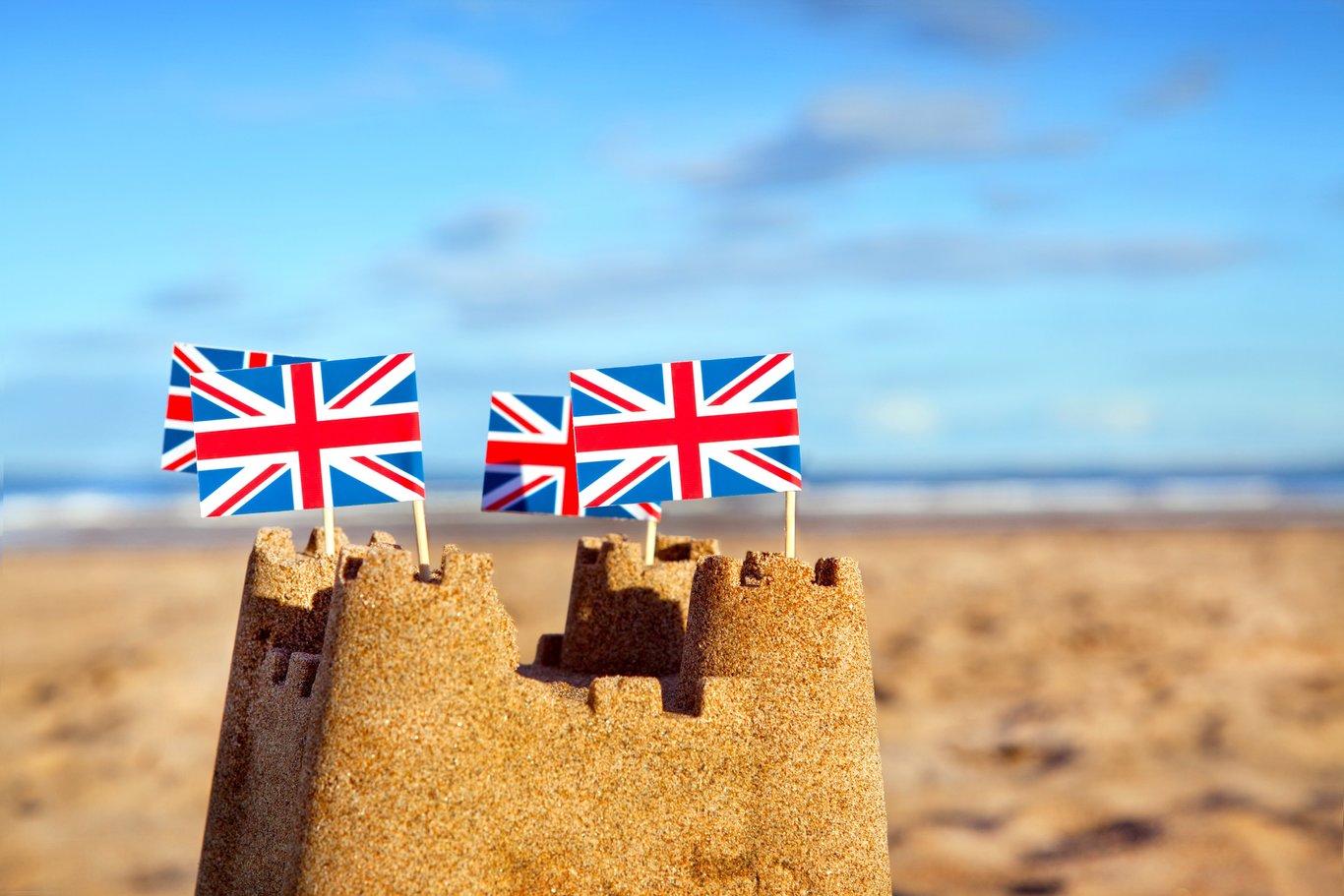'Staycationing' Brits are the biggest threat to the Irish tourism industry this year
IHF president Joe Dolan says businesses in the border counties are in for a tough 2017.
THE PRESIDENT OF Ireland’s main hotels body has warned that regional destinations will be worst hit by a slowdown in UK visitors to the island this year.
In an interview with Fora, Irish Hotels Federation (IHF) president Joe Dolan said that businesses based outside the country’s prime tourist locations – Dublin, Cork, Kerry, Limerick, Clare and Galway – will be worst affected by an expected drop in British visitors with the weaker pound.
Dolan’s comments echo those of Tourism Ireland chief Niall Gibbons, who said recently that while the UK would remain Ireland’s top market, the state body responsible for promoting the island overseas would focus heavily on the growing European market where there is more opportunity for robust growth.
“The UK market is our closest, largest market,” Dolan said, noting that 42% of all visitors to Ireland are from the UK.
“They’re not the highest spending (market), but they penetrate every parish in Ireland. Their regional penetration is much higher than the Americans or mainland Europeans, who might go out to the more traditional tourism spots.”
 IHF president Joe Dolan
IHF president Joe Dolan
He said that last month, 18% of the IHF’s 800 members reported a drop in bookings from Northern Ireland and the rest of the UK.
Dolan, who owns and runs the Bush Hotel in Carrick-on-Shannon, County Leitrim, said smaller hotels like his in the border counties should be the most concerned because they depend heavily on short-break visitors from Northern Ireland.
“When you come up into Donegal, Longford, Cavan and Monaghan, tourism revenue as a proportion of total personal income is actually higher than it is in Cork and Kerry, because it’s the only show in town up here,” he said.
Room crunch
On the chronic lack of hotel rooms in Dublin, which reached a record high in October, Dolan said the problem is of “a temporary nature” and will “iron itself out” when hotel builds are completed in 2018 and 2019.
“It has only just become viable to actually build hotels and develop them economically, ” he said. “The problem is site costs. You’re competing with office developments and apartment blocks which generate a higher and faster return on your investment.”
Dolan also said there is a “huge lag time” between stream and supply coming on stream because “we have a very cumbersome and inconsistent planning process”.
 Dublin's Shelbourne hotel
Dublin's Shelbourne hotel
His predecessor Stephen McNally, deputy chief executive of Ireland’s largest hotels group, Dalata, recently called height restrictions in Dublin’s city centre “an absolute joke”.
McNallay claimed that Dalata’s new 180-room hotel at Charlemont Place, slated for mid-2018, could have had 300 bedrooms with more-relaxed planning rules.
Unsurprisingly, Dolan said the preferential 9% VAT rate for tourism and restaurant businesses, which was retained in Budget 2017, was “absolutely paramount” to the food and hospitality sector – despite operators in many parts of the country recording strong returns.
“Some call it a reduction. I call it a realignment with our European competitors,” he said.
“There are some hotels that have remained opened as a result (of the lower rate). There are still hotels that are in the early stages of recovery and are starting to begin to stretch their wings and start to do a bit of reinvestment.”
Lakelands
Dolan praised the three tourism marketing initiatives currently in place – the Wild Atlantic Way, Ireland’s Ancient East and Dublin A Breath of Fresh Air – and said the proposed ‘Lakelands’ brand, which would see a fourth campaign for Ireland’s midland counties, including Leitrim, ”will complete the brand propositions”.
“When that’s done, we’ll have four iconic brands and that’s the story of Ireland,” he said.
 Irish lake
Irish lake
However he said he would like to see an increase in Tourism Ireland’s marketing budget, which was €53 million in 2016 and is not expected to increase this year.
“What’s the point in having the best of product?” Dolan said. “You need to have a voice in the marketplace and you’re competing with emerging destinations with big money and we’re competing on very mediocre marketing budgets.”
Food and drinks
Dolan predicted that food tourism will become an increasingly important component in Ireland’s tourism product.
“I would also include our craft beers, whiskey and gin,” he said. “They’re all becoming huge. They won’t all survive, but they certainly have huge visitor appeal.”
Last month, the Irish Whiskey Association announced a plan to bring a whiskey trail to Ireland.
Dolan identified Scotland, which already offers whiskey tours, as a serious competitor to Irish tourism because of the similar culture and visitor experience the two nations offer.
 Whiskey tasting
Whiskey tasting
In order to keep Ireland’s tourism product fresh, Dolan said there should more investment in “non-traditional tourism” attractions like Center Parcs holiday village in Longford, which opens in 2019, Tayto Park in Meath and the Quirky Glamping Village, which generated dozens of news stories for hauling a decommissioned Boeing 767 aircraft from Shannon to Sligo last year.
“That sort of stuff, thinking outside the box in non-traditional tourism areas, is huge,” he said.
Airbnb
However, non-traditional accommodation providers, like Airbnb, are a serious concern for the IHF.
“We believe there should be a level playing field for all accommodation providers, both in terms of planning, in revenue, but also health and safety … and all the other regulatory authorities (hoteliers) have to answer to.”
He claimed that since Airbnb is not regulated, “there are no quality assurances” and guests have “a lack of adequate redress if something goes wrong”.
“That’s not just being protectionist. We must have confidence and it is very important for our reputation that our tourism offering is reputable and meets all health and safety standards.”






